Your plumber can assist you in maintaining every component of your home’s plumbing. It can be from the basement down to the top floor. This includes plumbing system elements located below your basement’s floor. So, how many types of basement floor drains are there, and what are their purposes? Here are several basement drain types you need to be aware of:
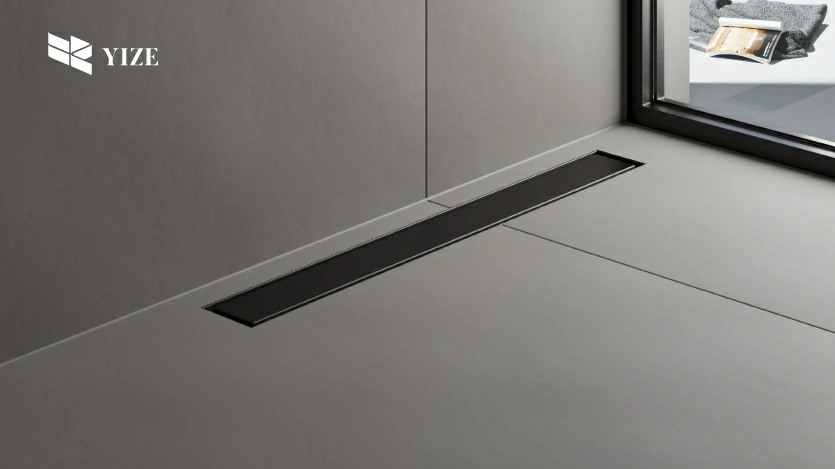
The Foundation Drain
A foundation or basement floor drain removes any surplus moisture from your basement. It might go into your sump pump pit or sewer pipe.
Ask your plumber what kind of floor drain line you have. This may impact how you use your floor drain and the precautions you take. For instance, you should confirm that your drain has a backflow safety valve. Otherwise, sewage could accumulate in your basement and cause city sewer issues.
The sewage won’t back up into your sump pump pit if the drain empties into it. Yet, the drain’s capabilities will be more constrained in this case. For example, your washing machine should discharge into the sump pump pit. (you shouldn’t release it into your floor drain).
Standard Floor Drain – one of the most common types of basement floor drains
Of all basement drains, the standard floor drain is the most well-known. It has a grid enclosing the hole that is either circular or rectangular. It is at the base of the floor and collects any standing water that enters through any openings. It directs the water to a sump pit or the plumbing system via an underground conduit.
This type of drain, if it connects to the plumbing, is best placed during initial construction. It needs a P-trap and vents to stop sewage gases from escaping into the basement. You can avoid such an issue by piping the flooring drain into a sump pit.
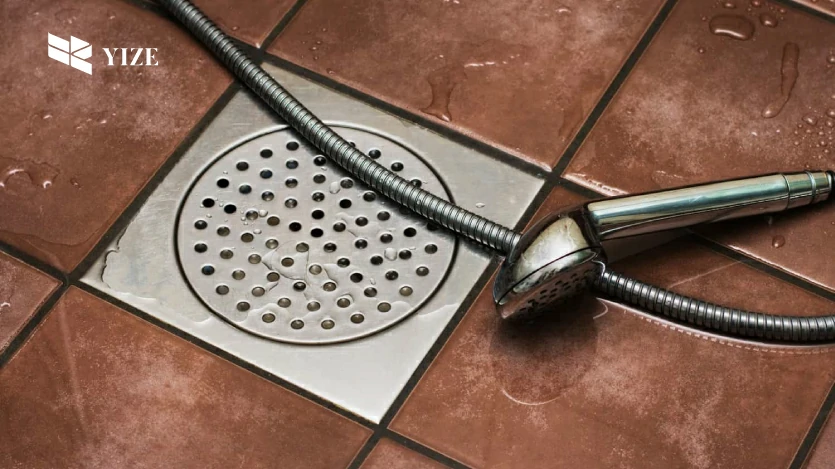
The French Drain
This entails installing a perforated pipe with gravel embedded in a pit that slopes towards a drainage point. It’s an effective remedy for flooding brought on by groundwater. It is 6 to 24 inches deep and can stop water from seeping through walls.
When plastic pipes weren’t common, they used old roofing tiles to make French Drain. The gravel is exposed at the floor’s surface, but you can surround it with a plastic or metal grid.
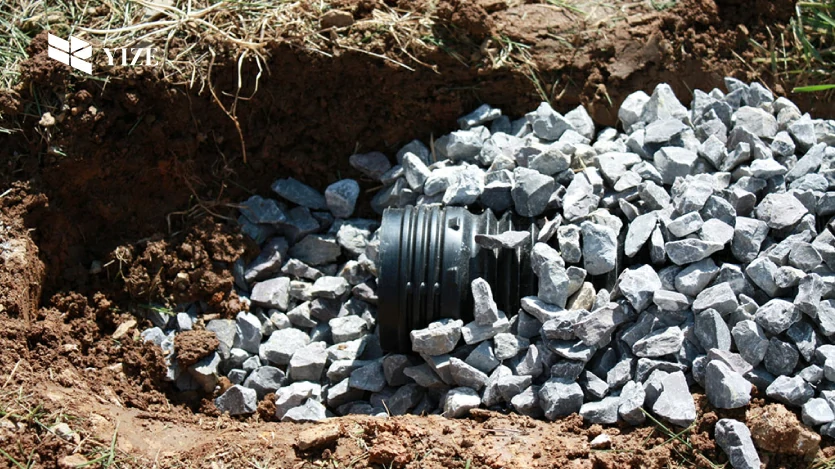
The sump pump
The sump pump drains water from your basement if it begins to flood, stopping further damage. Gravity will draw water into the pit, which the sump pump can remove. (since sump pumps have a pit (sump) built below the basement floor)
The pump and the sump located beneath your basement floor need maintenance. For instance, you should do at least every year clean out the sump. You may perform some of these repairs independently. But you should also have a plumber inspect the sump pump.
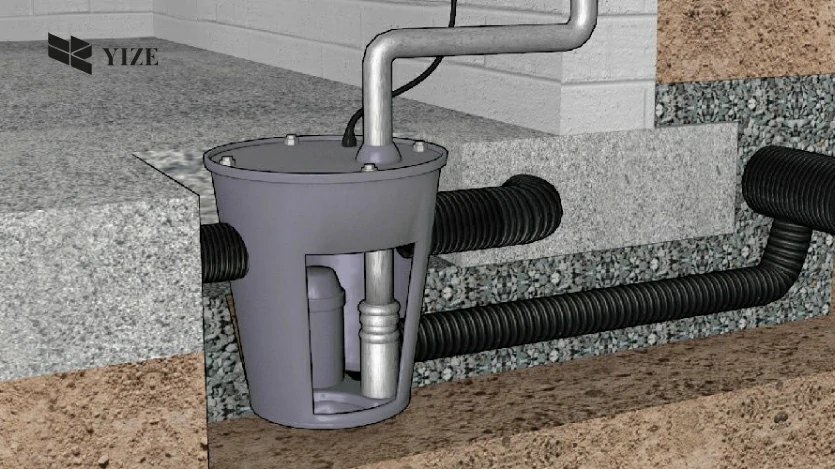
Primary Water Line
The primary water supply lines connect with other small ones under your basement. This arrangement enables basement fixtures to handle your water. It is before it reaches your faucets, such as the hot water system or water softener.
Accessing a water supply pipe buried below the basement floor might be challenging. It is especially if your home’s foundation is a concrete slab. In this instance, a slab leak—a type of water line leak—can cause a shifting foundation or another problem. They might not be immediately apparent.
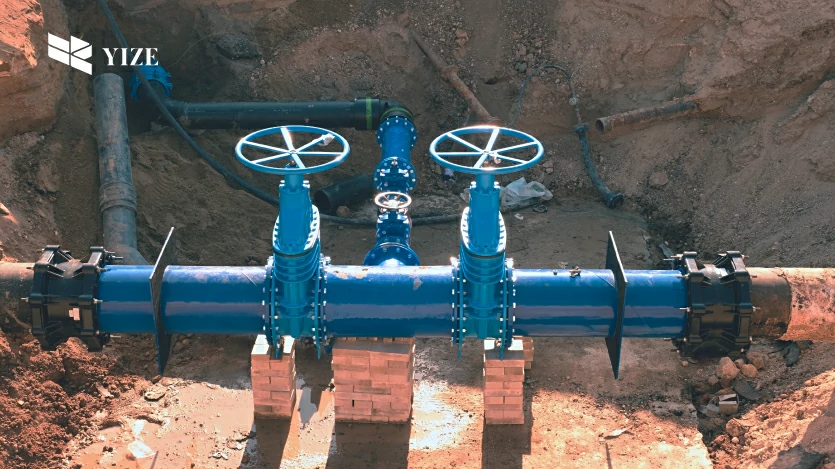
Variations in water pressure, excessive water use, and high indoor humidity show a slab leak. You could still notice a musty odor and damp basement flooring. It is possible even if you don’t have a humidity sensor to measure humidity. The sound of water rushing into your basement also indicates a leak.
Curtain Drain
This and a French drain are sometimes confused because they are similar. The distinction? Shallower drains are curtain drains.
It is made out of a perforated pipe that has been put in a sloping trench and is embedded in gravel. The drainage pipe can reroute water penetrating the walls thanks to its shallow placement.
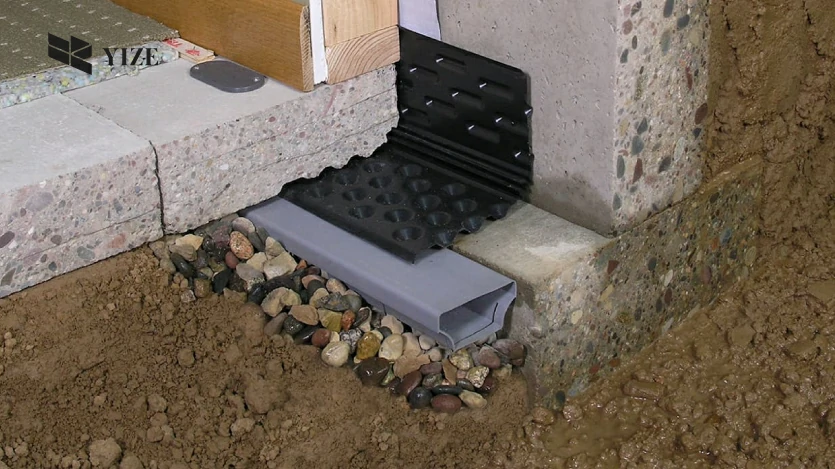
A curtain drain is simpler to install than a French drain because you don’t have to dig it as deep. If there isn’t a chance of groundwater flooding, it may be a good drainage option.
General Sewage Line
The main water line’s counterpart is the main sewer line, often the main drain line. If this drain line works, it removes all the water from your home’s drains and puts it into the sewer.
The main sewage line normally links to your basement drain most closely. Also, it will run immediately below the floor on the lowest level of your property.
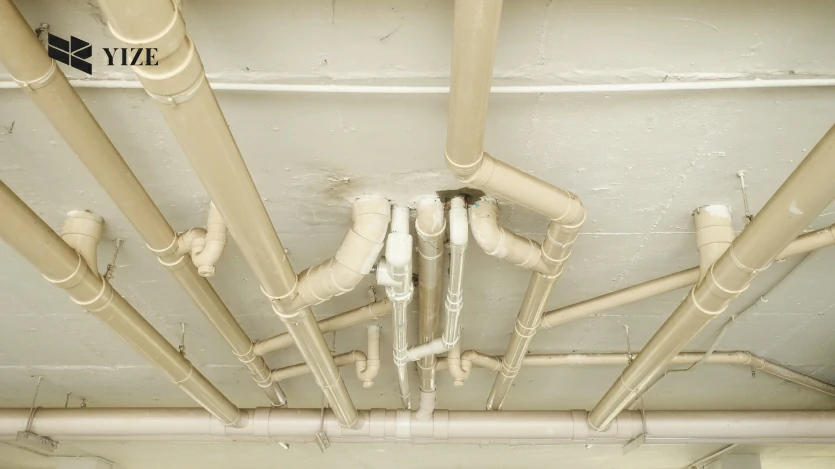
Like your major water line, the sewer line is susceptible to leaks. Don’t hesitate to call in a professional to handle leaks as soon as possible. Sewer line issues can result in very expensive damage, and sewage can harm your health.
Plumbers put the fundamental plumbing components below the basement level. Because of their location, they may be particularly vulnerable to damage from settling or shifting foundations and natural catastrophes like earthquakes and floods. If there is a problem with the plumbing on your basement floor, we advise you to contact a plumber ASAP.
Trench Drain
This is merely a sloped trench built either in the center of the floor or around the perimeter. It doesn’t collect water but sends it to a sump pit or similar location where it may drain. It offers protection from flooding brought on by sewage leaks and similar mishaps.
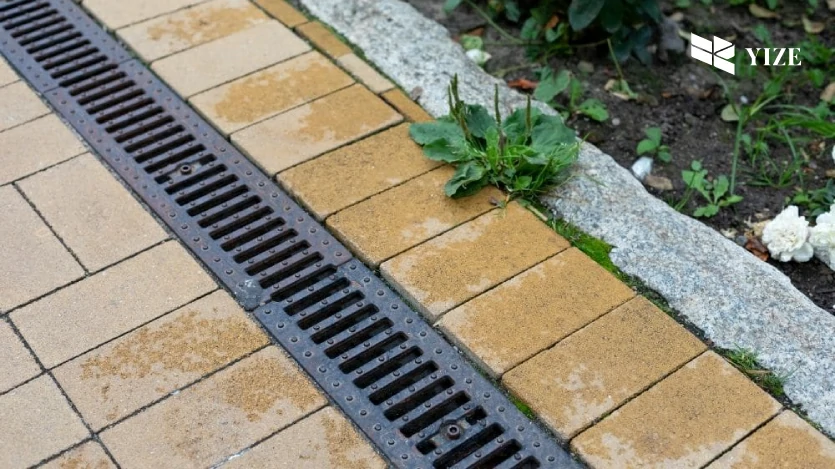
Digging the track at the lowest position is normal. Since the basement must slope towards a channel drain. You may need to resurface the floor to get the slope.
Conclusion
Understanding the types of basement floor drains is vital for your home’s well-being. In addition, even a small flaw in your drainage system can cause a big dent in your bank balance. So, being vigilant with your basement drains is crucial.
Finally, at YZ Drain, we have experts in the renovation industry working day and night. Our products are only of the highest grade. All types of basement floor drains are available at reasonable rates. So, ask for a FREE quote in a few clicks. Thanks for the Read!

